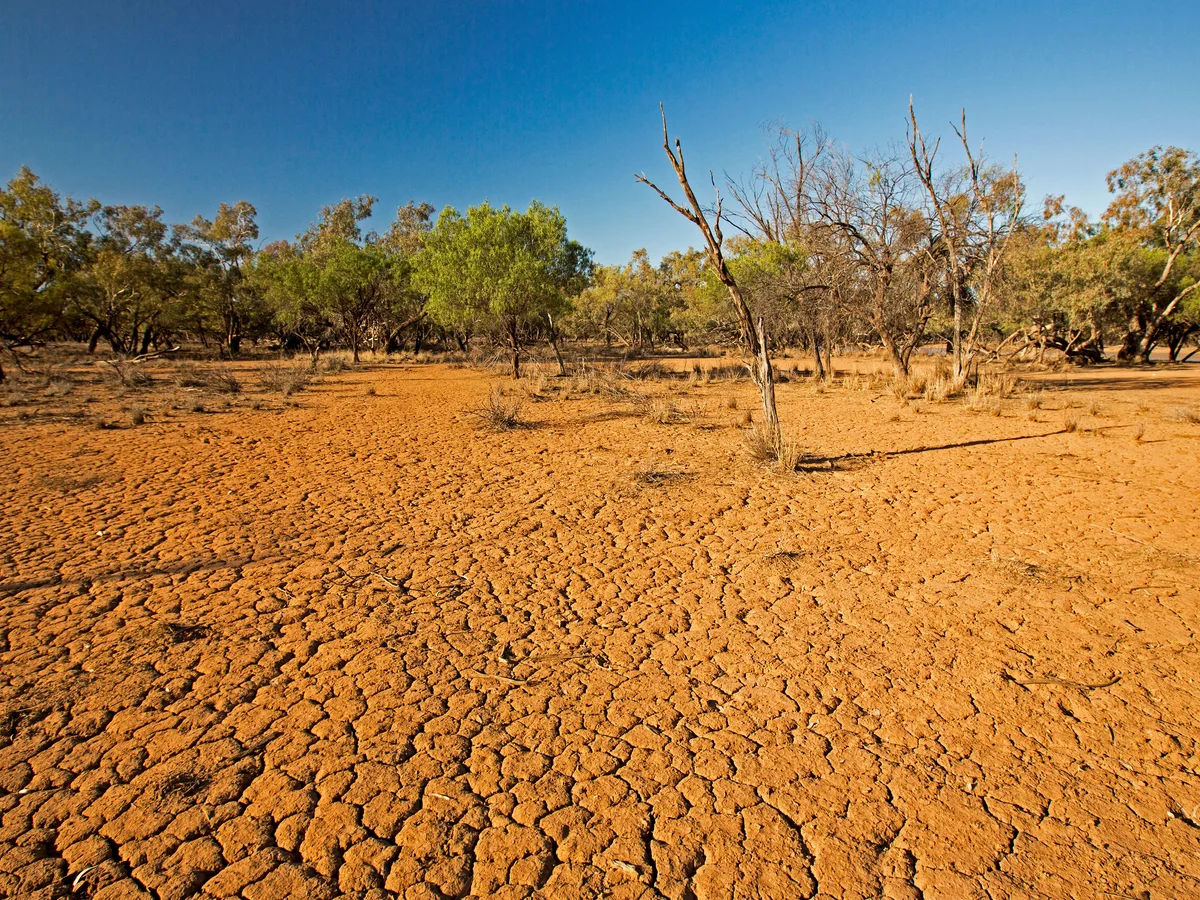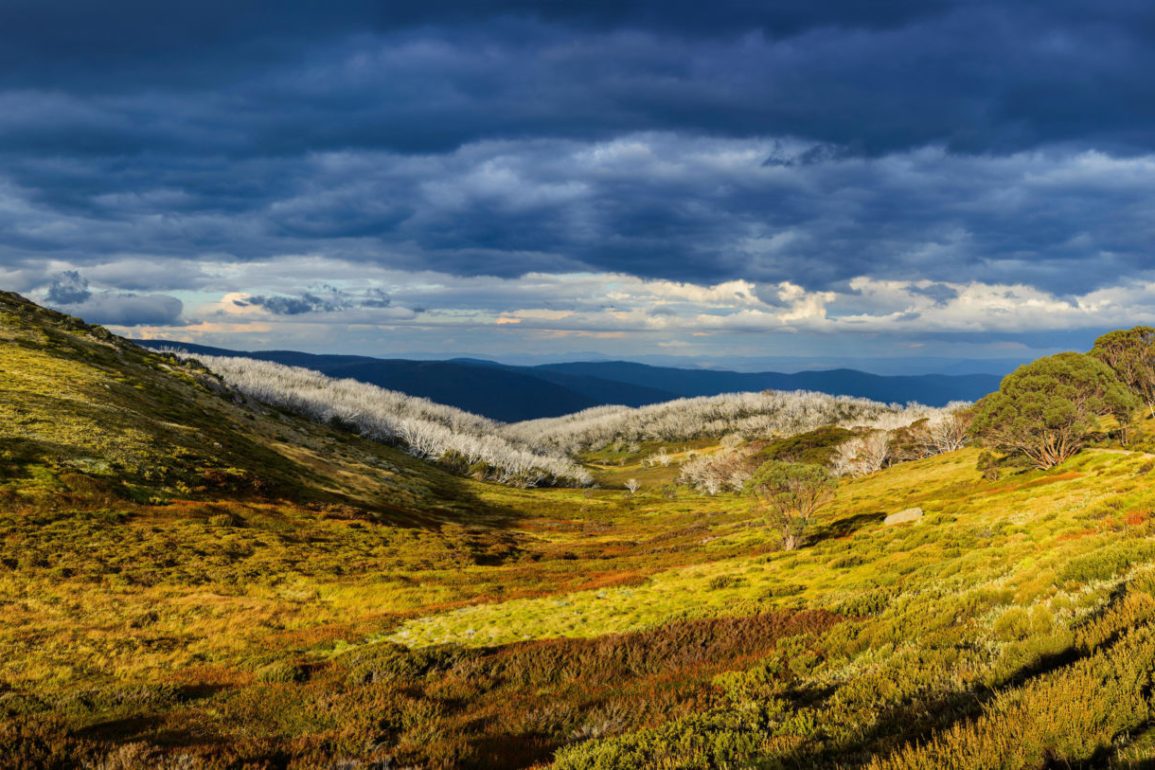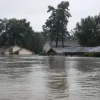Southeast Australia is experiencing a paradoxical trend in its woodlands: despite rising temperatures and prolonged droughts, the region’s vegetation is thriving. While the area endures frequent bushfires and temperatures above 95°F (35°C), the growth of woodlands continues to defy the harsh meteorological conditions, showcasing a surprising increase in greenery.
This phenomenon of increased greening is not unique to Australia but is seen globally in drylands such as Africa’s Sahel, arid regions of western India, and northern China. Research led by Jason Evans from the Climate Change Research Centre indicates that this global greening trend is primarily driven by a significant rise in atmospheric carbon dioxide (CO2) levels.
Since preindustrial times, CO2 concentrations have increased by 50%, enhancing photosynthesis and allowing plants to grow more efficiently in dry environments.
The rise in CO2 levels acts as a fertilizer for plants, improving their ability to use scarce water resources and thus supporting vegetation growth even in arid conditions. Modeling studies suggest that this trend of greening will likely continue as CO2 levels keep rising. However, ecologists caution that the benefits of this greening come with potential downsides for arid ecosystems and the communities that depend on them.

Drylands, which make up about 40% of the Earth’s land surface, are typically home to diverse ecosystems and a significant portion of the global population. These regions have historically faced challenges such as reduced rainfall, higher temperatures, and increased evaporation. Contrary to expectations of widespread desertification, many drylands are now seeing more vegetation and a reduction in desert areas.
Research has revealed that rather than shrinking, vegetation in many drylands is expanding. This unexpected growth is largely attributed to the fertilization effect of CO2, which has enabled plants to thrive even under increasing aridity. Studies, including those by Ranga Myneni and Trevor Keenan, have confirmed that CO2-induced greening is a significant factor in this trend.
While the increase in vegetation helps mitigate some effects of climate change by enhancing carbon capture, it does not stop global warming. Instead, it offers a partial reprieve from the effects of rising CO2 levels. The increased plant growth observed is not without its complications, as it can alter local ecosystems and impact species specially adapted to arid conditions.
The implications of this greening are multifaceted. The growth of additional vegetation may disrupt existing arid ecosystems, potentially leading to the displacement of native species by invasive plants. Furthermore, the increased biomass can raise the risk of bushfires, as seen in recent events in southeast Australia, where CO2-induced greening contributed to severe fire conditions.
While the greening of drylands presents an intriguing aspect of climate change, it also highlights the complex interactions between CO2 levels, vegetation, and ecosystem dynamics. The overall effects of this greening on biodiversity, water resources, and fire risk remain critical areas of study as we navigate the ongoing impacts of climate change.

